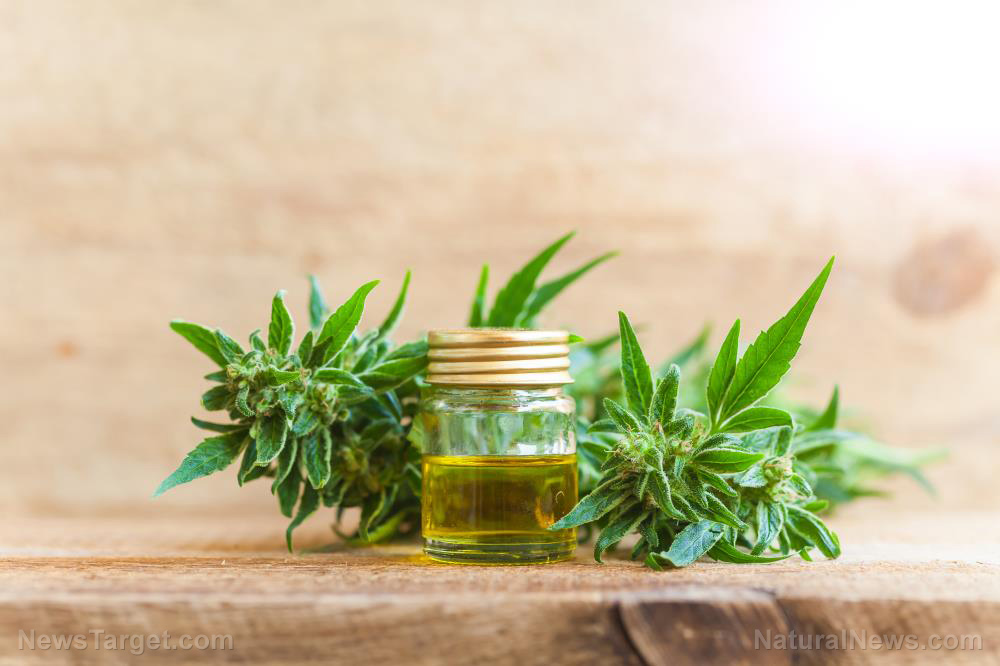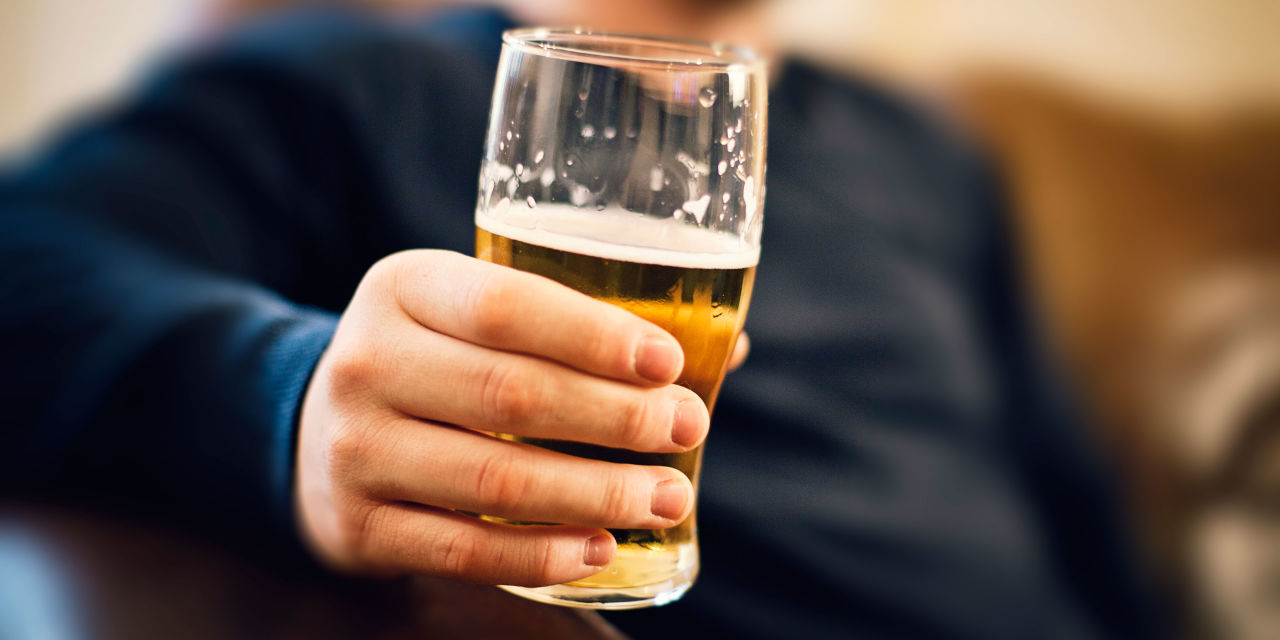Acupuncture is BETTER than opioids, especially for treating pain
10/21/2019 / By Ralph Flores

Opioid-related overdose is a top concern in the U.S., where it claims around 130 lives every day, according to data from the National Institute on Drug Abuse. In the midst of this crisis, people have turned to alternative treatments for pain relief. A therapy that’s gaining ground is acupuncture, a form of traditional Chinese medicine that involves inserting needles into the skin.
A safer way to relieve pain
Acupuncture has been around for a long time: It’s been studied and practiced for well over 2,500 years, with practitioners using it to treat pain, boost well-being, and cure illnesses. An article published in Rheumatology even identified sharpened bones and stones to potentially be the earliest instruments for acupuncture.
The minimally invasive approach targets specific points in the skin with needles to stimulate nerve-rich areas and influence various functions in the body.
“Each acupuncture needle produces a tiny injury at the insertion site, and although it’s slight enough to cause little to no discomfort, it’s enough of a signal to let the body know it needs to respond,” explained New York-based acupuncturist Paul Kempisty in an interview with Healthline. “This response involves stimulation of the immune system, promoting circulation to the area, wound healing, and pain modulation.”
The World Health Organization lists acupuncture as the most widely practiced form of alternative medicine. In its latest survey, over 113 WHO member states report the use of acupuncture or having regulations in place for its practice. (Related: Solving the opioid epidemic naturally: Acupuncture is a safe and effective way to manage pain.)
In the U.S., the Department of Veterans Affairs has offered acupuncture for treating pain for several years, with some Medicaid programs and insurance companies following suit. Recent studies have shown that over two-thirds of military hospitals now offer acupuncture, and a study by former Army Surgeon General Dr. Eric Schoomaker found that more soldiers are open to non-drug treatments, including acupuncture, for treating chronic pain. In addition, the VA has around 2,800 personnel trained in “battlefield acupuncture,” a protocol that can help with headaches and chronic pain.
These options can be a beacon of hope for veterans, who, until a few years ago, were exclusively prescribed opioid painkillers. An analysis by the Center for Investigative Reporting found that prescriptions for opioids leapfrogged by 270 percent in 12 years that led to fatal overdose rates twice the national average. Prescription opioids also account for more than 35 percent of opioid-related deaths, according to the Centers for Disease Control and Prevention.
Understanding how acupuncture works
The mechanism behind acupuncture’s ability to relieve pain has been the subject of multiple studies. In a study in the journal Medical Acupuncture, researchers from the University of Michigan posited that acupuncture improves the connective tissue around the pressure points to reduce pain.
Another study, this time from South Korea’s Daejeon University, highlights a potential link between acupuncture and the vagus nerve. The vagus nerve runs from the brain stem to the colon, and it helps regulate the functions of internal organs. Acupuncture potentially stimulates the vagus nerve, which then lowers inflammation. Inflammation, in particular, is linked to chronic pain throughout the body.
Currently, the National Institutes of Health provides support for studies that look at potential uses of acupuncture for treating various conditions. While more studies are needed to fully unlock the health benefits of acupuncture, what is clear is that it’s a safer alternative for those looking for pain relief, compared to costlier (and riskier) conventional approaches.
Understand the adverse effects of opioids at Opioids.news.
Sources include:
Submit a correction >>
Tagged Under:
acupuncture, alternative medicine, battlefield acupuncture, chronic pain, connective tissue, inflammation, natural cures, natural healing, natural medicine, Naturopathy, opioid epidemic, opioid painkillers, opioids, overdose, pain, pain relief, painkillers, prescription opioids, remedies, vagus nerve, veterans
This article may contain statements that reflect the opinion of the author
RECENT NEWS & ARTICLES
ArthritisCures.News is a fact-based public education website published by Arthritis Cures News Features, LLC.
All content copyright © 2018 by Arthritis Cures News Features, LLC.
Contact Us with Tips or Corrections
All trademarks, registered trademarks and servicemarks mentioned on this site are the property of their respective owners.



















